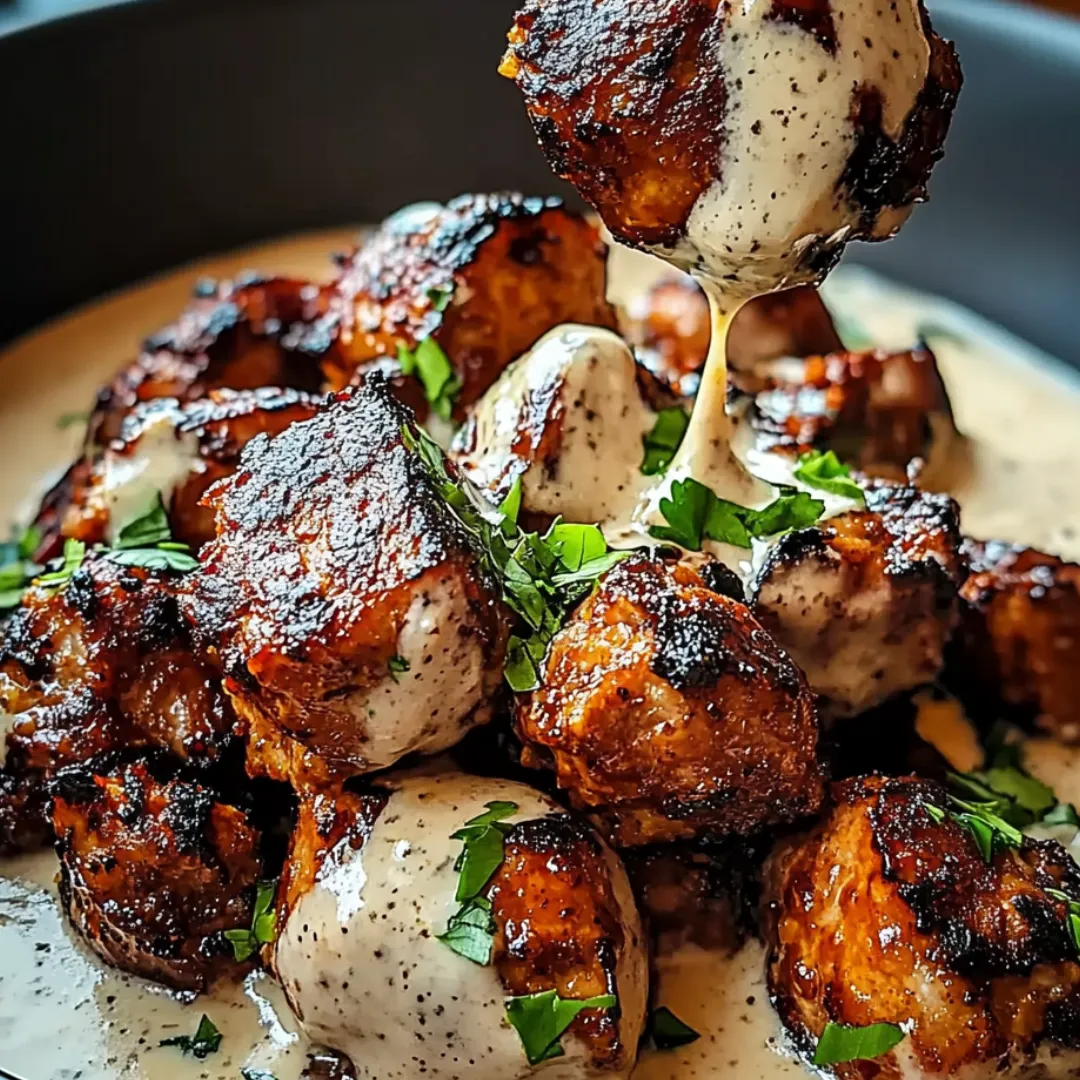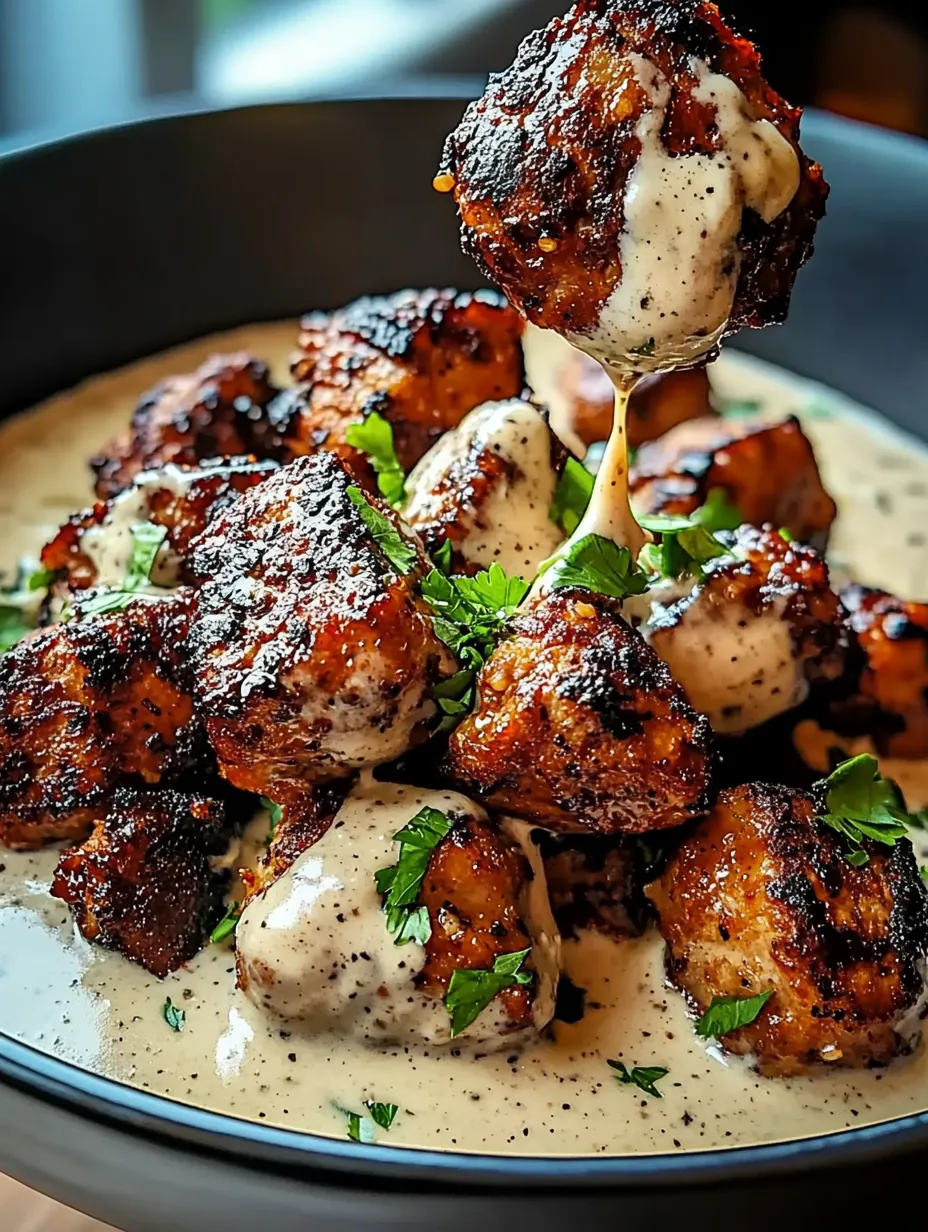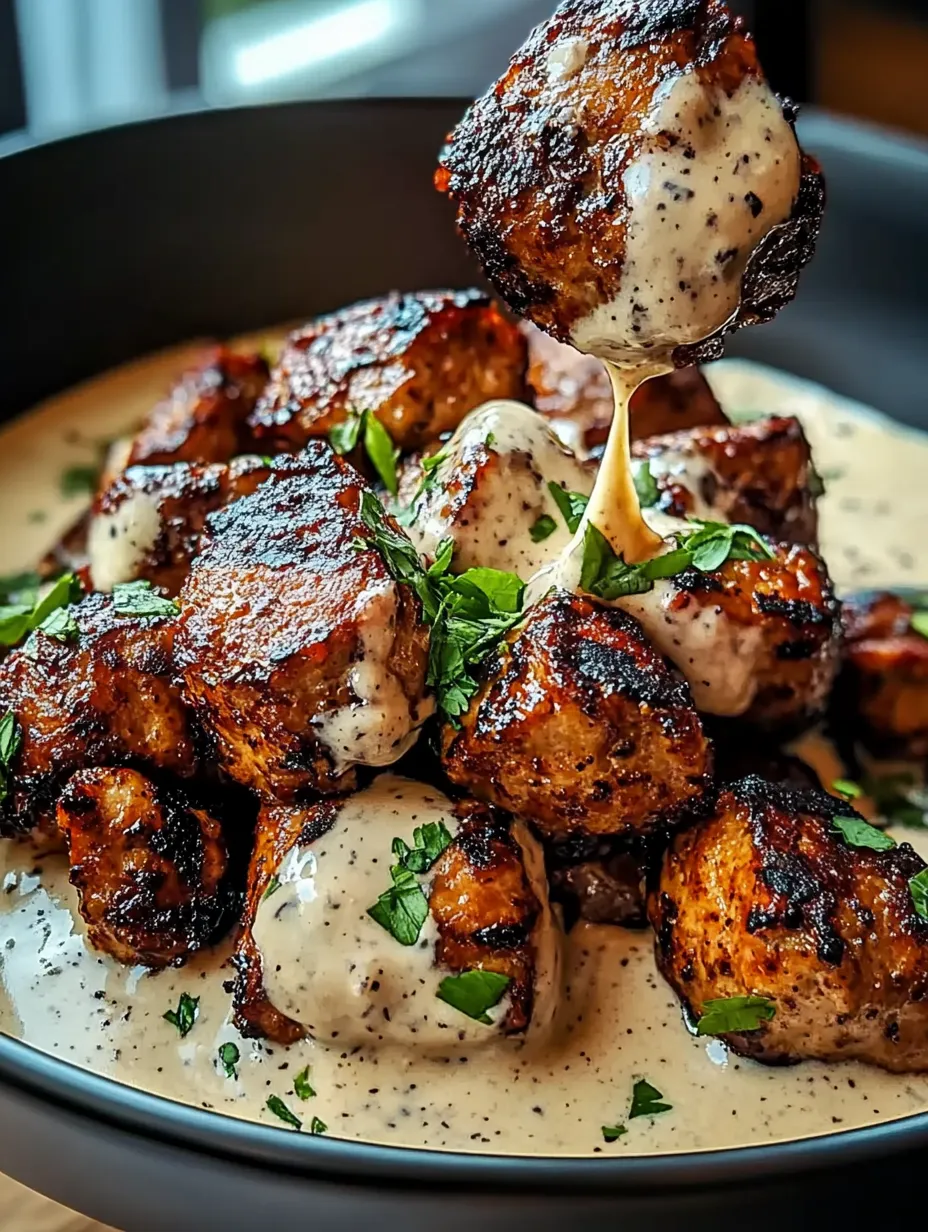 Pin it
Pin it
The magic of perfectly spiced chicken shawarma lies in its irresistible combination of tender, juicy meat and bold, aromatic spices that transport your taste buds straight to the vibrant streets of the Middle East. Each bite delivers layers of warm earthiness from cumin, rich color from paprika, and subtle complexity from turmeric and cinnamon. When wrapped in soft, warm pita and drizzled with cooling garlic sauce, this dish creates a beautiful balance of flavors and textures that makes it impossible to stop at just one wrap. What truly elevates homemade shawarma is how the spices infuse the chicken during marination, creating depth that rivals any restaurant version.
I discovered the magic of homemade shawarma during a particularly hectic month when takeout had become an expensive habit. The first time I prepared this recipe, the aroma of spices filled my kitchen, and my family gathered around asking what smelled so amazing. When we finally sat down to eat, there was a moment of silent appreciation as everyone took their first bites. My youngest, who typically avoids 'new' foods, asked for seconds. Now it's a regular request in our meal rotation, and I've found myself making extra chicken just to have leftovers for lunch wraps and salads.
Ingredients You'll Need
- 2 pounds boneless, skinless chicken thighs: Thighs stay juicy and tender even when slightly overcooked, making them more forgiving than breast meat; their higher fat content absorbs spices beautifully.
- 3 tablespoons olive oil: Use a good quality extra virgin olive oil for the marinade; it creates the base that allows the spices to distribute evenly and helps develop a beautiful sear when cooking.
- 2 teaspoons ground cumin: This earthy, warming spice forms the backbone of shawarma's distinctive flavor profile; look for freshly ground cumin for the most vibrant taste.
- 2 teaspoons paprika: Provides gorgeous color and subtle sweetness that balances the other spices; sweet or hot varieties work well depending on your preference.
- 1 teaspoon ground turmeric: Adds golden color and a subtle earthiness with anti-inflammatory properties; a little goes a long way.
- 1 teaspoon ground cinnamon: The secret ingredient that distinguishes great shawarma from good shawarma; it adds warmth and complexity without tasting overly like cinnamon.
- 4 garlic cloves, minced: Fresh garlic infuses the marinade with essential aromatic compounds that dried versions simply can't match.
- 1 tablespoon lemon juice: The acidity tenderizes the meat while brightening all the flavors; always use fresh lemon for this purpose.
- Salt and pepper to taste: Seasoning is crucial to activate all the other flavors; kosher salt works particularly well here.
For the Creamy Garlic Sauce
- ½ cup Greek yogurt: The tangy, thick base of your sauce; full-fat provides the richest texture but 2% works nearly as well.
- 2 tablespoons mayonnaise: Creates silkiness and helps stabilize the sauce; adds richness that balances the tanginess of yogurt.
- 1 tablespoon lemon juice: Brightens the sauce and cuts through the richness with welcome acidity.
- 3 garlic cloves, minced: The star flavor that gives this sauce its name; raw garlic provides punchy flavor that mellows slightly as it sits.
- Salt and pepper to taste: Proper seasoning transforms the sauce from good to exceptional.
 Pin it
Pin it
Step-by-Step Cooking Instructions
- Create Your Marinade:
- In a medium bowl, combine the olive oil, cumin, paprika, turmeric, cinnamon, minced garlic, lemon juice, salt, and pepper. Whisk everything together until you have a smooth, fragrant paste. Take a moment to appreciate the beautiful reddish-golden color - this is flavor in the making. The oil helps carry the fat-soluble flavor compounds from the spices, while the acid from the lemon juice will begin tenderizing the meat the moment they connect.
- Prepare and Marinate the Chicken:
- Place your chicken thighs in a large zip-top bag or shallow glass container. Pour the marinade over the meat, then use your hands (with gloves if you're worried about turmeric staining) to massage the mixture into every nook and cranny of the chicken. Seal the bag or cover the container and refrigerate for at least 1 hour, though overnight produces dramatically better results. The longer marination allows the salt to deeply season the meat while the acids and enzymes work their magic on the proteins.
- Prepare Your Cooking Surface:
- When you're ready to cook, choose your method based on what's available. For grilling, preheat to medium-high (around 375-400°F). For oven baking, preheat to 425°F and line a baking sheet with parchment. For stovetop cooking, heat a heavy cast-iron skillet over medium-high heat until it's hot enough that water droplets sizzle and evaporate immediately. The high heat is crucial for developing those characteristic charred edges without overcooking the interior.
- Cook the Chicken:
- For grilling, place the marinated chicken directly on clean, oiled grates and cook for 5-7 minutes per side until the internal temperature reaches 165°F. For baking, arrange on your prepared sheet and cook for 20-25 minutes, flipping halfway through. For stovetop, add a tablespoon of oil to your hot skillet and cook the chicken for 5-7 minutes per side until golden brown and cooked through. No matter which method you choose, allow the chicken to develop deep golden edges with slight charring - this is where tremendous flavor develops.
- Rest and Slice:
- Transfer the cooked chicken to a cutting board and let it rest for at least 5 minutes - this crucial step allows the juices to redistribute throughout the meat rather than spilling out when cut. Once rested, slice the chicken against the grain into thin strips about ¼-inch thick. Cutting against the grain shortens the muscle fibers, resulting in more tender bites. If you notice any pinkness, you can return the slices briefly to the hot pan to finish cooking.
- Make the Creamy Garlic Sauce:
- While the chicken rests, whisk together the Greek yogurt, mayonnaise, lemon juice, and minced garlic in a small bowl. Season with salt and pepper to taste, adjusting the garlic or lemon to suit your preference. The sauce can be made up to 3 days ahead and stored in the refrigerator, where the flavors will actually continue to develop and improve.
- Assemble Your Shawarma:
- Warm your pita bread or flatbread in the oven, wrapped in foil, or directly on a gas burner for about 30 seconds per side until soft and pliable. Spread a generous layer of garlic sauce down the center, top with sliced chicken, and add your desired fresh ingredients - shredded lettuce, diced tomatoes, sliced cucumbers, pickled red onions, or turnips all work beautifully. Fold the bottom up slightly, then roll from one side to create a secure wrap.
- Serve and Enjoy:
- Present your shawarma wraps whole or sliced in half diagonally on a platter, accompanied by extra garlic sauce for dipping and any remaining fresh toppings. The contrast between the warm, spiced chicken and cool, creamy sauce makes every bite a perfect balance of temperature and flavor.
The Magic of Chicken Shawarma
You Must Know
My neighbor from Lebanon tried my shawarma last summer during a backyard gathering and pulled me aside with a surprised look. 'Who taught you to make this?' he asked. When I explained I'd developed the recipe through research and testing, he nodded approvingly and shared that the cinnamon was the authentic touch many home cooks miss. He explained how his mother would always add a pinch of cinnamon to their family marinade, a closely guarded secret. Now whenever I make this dish, I think of that conversation and how food connects us across cultures and generations.
The Art of Balance: Building the Perfect Shawarma Wrap
Creating a truly exceptional shawarma experience goes beyond just the spiced chicken and garlic sauce. The supporting characters - from the bread to the toppings - play crucial roles in the final masterpiece. Start with the right bread foundation: traditional Middle Eastern flatbread offers authenticity, but pita, lavash, or even a good quality flour tortilla can work wonderfully. Warm it slightly to enhance pliability and flavor. Consider texture contrast when adding toppings - the crisp freshness of thinly sliced cucumber against the soft chicken, the juicy burst of diced tomatoes, the sharp tang of pickled vegetables. Each element should contribute something unique to the overall experience.
Across Cultures: Shawarma's Global Journey
The beauty of chicken shawarma lies not just in its flavor but in its cultural significance and global adaptations. Originally from the Ottoman Empire (modern-day Turkey), the vertical rotisserie cooking method spread throughout the Middle East, each region adding their signature spice blends and accompaniments. In Lebanon, you'll find it served with toum (a potent garlic sauce) and pickled turnips. Egyptian shawarma often features tahini sauce and a sprinkle of dukkah. The dish traveled with immigrants to become street food favorites from Mexico City to New York, Berlin to Sydney. Making shawarma at home connects you to this rich culinary tradition that has evolved over centuries, adapted by countless home cooks who put their own spin on this beloved classic.
Beyond the Wrap: Creative Serving Ideas
While the classic shawarma wrap remains unbeatable, the flavorful spiced chicken can transform numerous other dishes. Create a shawarma bowl with a base of turmeric rice or couscous, topped with the chicken, sauce, and fresh vegetables for a fork-friendly meal. Breakfast gets an upgrade when you add leftover chicken to scrambled eggs with feta cheese and fresh herbs. For an impressive appetizer spread, serve the sliced chicken on a platter surrounded by warm bread, sauce, hummus, and toppings, allowing guests to build their own creations. The versatility of this dish extends to salads too - the warm spiced chicken pairs beautifully with cool greens, creamy avocado, and a lemon vinaigrette for a satisfying lunch.
The Science of Marination: Why Time Matters
The transformation that happens during marination is nothing short of culinary alchemy. The acid from lemon juice begins denaturing proteins, effectively 'pre-cooking' the meat without heat. Salt performs a two-way exchange, first drawing moisture out, then allowing it back in, bringing the flavors with it through osmosis. Fat-soluble compounds in spices dissolve in the olive oil, creating more effective flavor distribution. This is why patience rewards the cook - the difference between one hour and overnight marination isn't subtle. If you're truly short on time, try scoring the surface of the chicken with shallow cuts to increase surface area, or pound thicker pieces to even thickness, allowing for both quicker marination and more consistent cooking.
 Pin it
Pin it
Customization for Dietary Needs
One of the greatest strengths of homemade shawarma is its adaptability to various dietary requirements without sacrificing authentic flavor. For a dairy-free garlic sauce, substitute the Greek yogurt with coconut yogurt or a cashew cream base (blend soaked raw cashews with a little water until creamy). Those avoiding gluten can enjoy the chicken and toppings in lettuce wraps or over rice. Lower-carb options include serving the chicken over a salad or with grilled vegetables. For vegetarians, the same magnificent spice blend works wonderfully on firm tofu, cauliflower steaks, or portobello mushrooms - marinate and cook using the same techniques for a plant-based version that captures the essence of traditional shawarma.
After years of experimenting with different techniques and ingredients, I've found that shawarma exemplifies how simple ingredients can be transformed through careful preparation and patience. The first time I served this dish at a family gathering, the conversation literally stopped as everyone took their first bites. What I love most about sharing this recipe is watching people discover that restaurant-quality flavors are achievable at home. The combination of properly spiced, tender chicken with that cooling garlic sauce creates a memorable food experience that bridges cultures and brings people together around the table. Whether you're making it for a quiet family dinner or a festive gathering, this shawarma recipe promises to deliver both comfort and excitement with every aromatic, flavorful bite.
Frequently Asked Questions
- → Can I use chicken breast instead of thighs?
- Yes, though chicken thighs stay more tender. If using breasts, don't overcook them and consider adding an extra tablespoon of olive oil to the marinade.
- → How can I make this dairy-free?
- Replace the Greek yogurt with dairy-free yogurt made from coconut, almond, or soy. The flavor will be slightly different but still delicious.
- → What vegetables go well with chicken shawarma?
- Traditional options include sliced tomatoes, cucumbers, red onion, lettuce, and pickled vegetables. A simple tomato-cucumber salad also works perfectly.
- → Can I make this spicier?
- Absolutely! Add cayenne pepper to the marinade or serve with hot sauce. You can also add a pinch of crushed red pepper flakes to the garlic sauce.
- → How long does the garlic sauce keep?
- The garlic sauce will keep in an airtight container in the refrigerator for up to 5 days. It's great as a dip for vegetables or spread for sandwiches.
